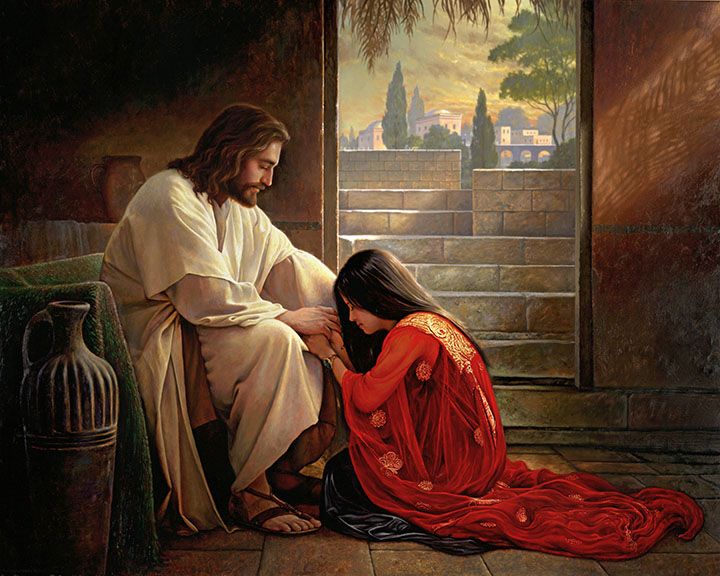Question
Gramps,
What is the difference between a sign and a token? Can you describe where temple tokens and signs are mentioned?
William
Answer
William,
I’ll take the tactic of Bro. Hugh Nibley when discussing things about the temple. I’ll liken it to another culture’s observances and hope you can take something away from that.
Ever since ancient times armies had flags which showcased the symbol of the person (usually nobility or a nation) which they represented. These are called ensigns (from which the Church publication derives its name). Linguistic changes make our word “sign” related to this original word (with varying uses of the word). These symbols emblazoned on the flags were specifically created to be highly visible. That sign was a communication to all who were familiar with it. You could know without seeing the individual people’s faces who they came from and probably their motives. Those who both bore it and read it knew what it meant.
The rules of these ensignias was called “heraldry.” And not all were privy to the rules. Only nobles and their servants knew the rules at all. A heraldic symbol was known as “a device.” The American “device” may be the eagle from the US Seal or possibly the stars and stripes. King Richard had a very fanciful Lion.
Less known outside of heraldic circles is that there were specific rules about how a device was designed. The most basic rule of heraldry, for example, is that one couldn’t have a “metal on a metal” or a “color on a color.” Additionally, there were certain postures in which various animals (or mythical creatures, like dragons) were represented. I won’t go into describing what this all means. But there were very practical reasons for the rules of heraldry. Visibility from a distance being one major reason.
People who did not know the rules could easily create a device that was an obvious fake. Those who knew the rules could spot a false noble by their device “offending the rules of heraldry.”
When the device was finalized, it was sent around to those within the circles of heraldry. Commoners didn’t know what they meant. They may have seen enough of the King’s device or possibly the local Lord’s device. But they couldn’t spot a fake.
A TOKEN
A token was a different type of symbol. This was not about verifying or announcing or being representative. It was a keepsake, a gift, a memory, a bond. A common trope in medieval romantic tales has a lady give a keepsake, a token, or a favor to the knight she held in her heart. The token was to be kept by the knight as a reminder of the love of the lady who gave it to him. The knight often requited this with a token of his own. It was an initial promise that as they passed certain tests and milestones, they would eventually be bonded in marriage.
Often times, the token was given by a servant. If they were separated for a while, a servant or messenger (who was otherwise not known by the other party) would give a similar token or a new token of something known to both of them to show the messenger was true.
I don’t want to tell you line by line how this applies to the Temple ceremony. But I hope this helps understanding some of the reasons we have the temple ceremony.
Gramps







